Gardens of Dunedin: Botanic Garden, Lan Yuan Dunedin Chinese Garden & Orokonui Ecosanctuary
During an extended trip to Dunedin I have the opportunity to explore different public gardens and reflect on what they tell us about attitudes to nature, leisure, history and the environment.

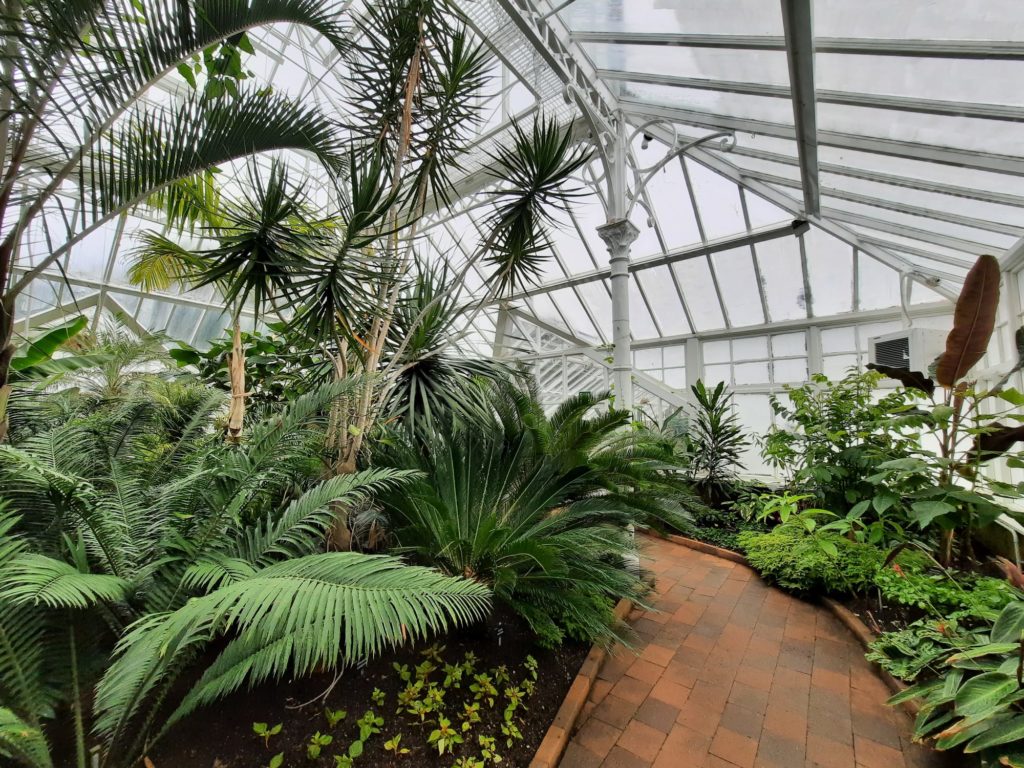

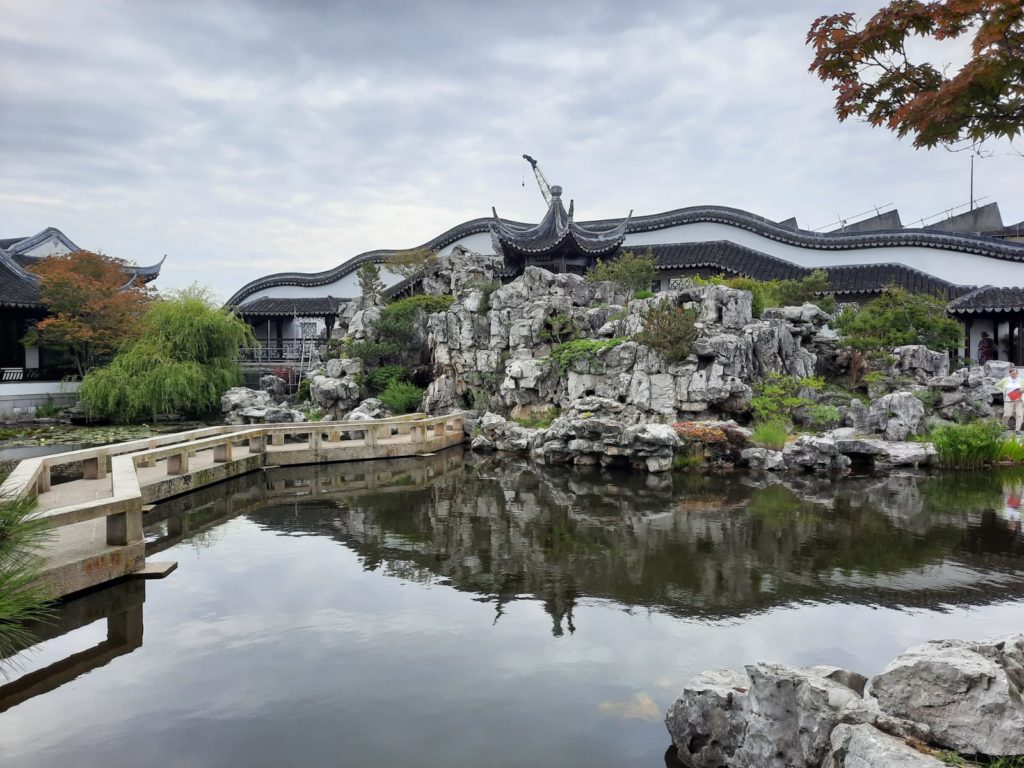


Introduction: Gardens Of Dunedin
It’s not every day that the Salterton Arts Review talks about gardens. But not unheard of. Over the years we’ve visited things like the gardens of Buckingham Palace, the Chelsea Physic Garden, and the Botanic Gardens at Padua and Oxford. While spending a couple of weeks in Dunedin, I had the opportunity to explore a few more gardens. What interested me was their variety, and what they tell us about Dunedin (or New Zealand) society at the time of their establishment.
How much can a garden tell us about history and society, you ask? Well, for me it’s things like the type of planting: does it embrace what’s local or look outside New Zealand? Does it expect visitors to be active, or is this a place for pleasant entertainment? Is there a higher purpose to the garden (like the Chelsea Physic Garden’s medicinal origins) or not?
The three gardens I have chosen run the gamut. There’s the Dunedin Botanic Garden with its leisured Victorian origins. Orokonui Ecosanctuary which prioritises, protects and promotes local flora and fauna. And Lan Yuan Dunedin Chinese Garden, which is perhaps the outlier here but is fascinating for what it tells us about attitudes in Dunedin towards the city’s long connection with Chinese people and traditions.
Let’s take a look at each in turn. This list is not exhaustive, there are other publicly accessibly gardens in the city (like Woodhaugh, Glenfalloch and the gardens at Larnach Castle for instance). But these three gardens nonetheless tell us quite a lot about the city of Dunedin, its development, and its people.
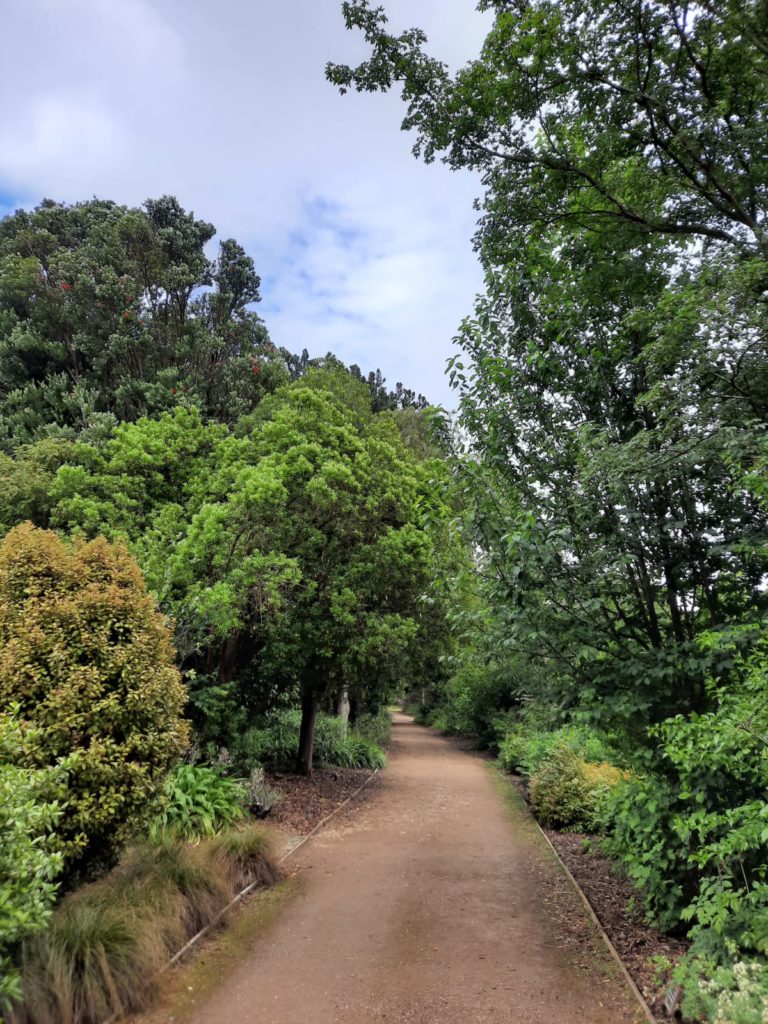


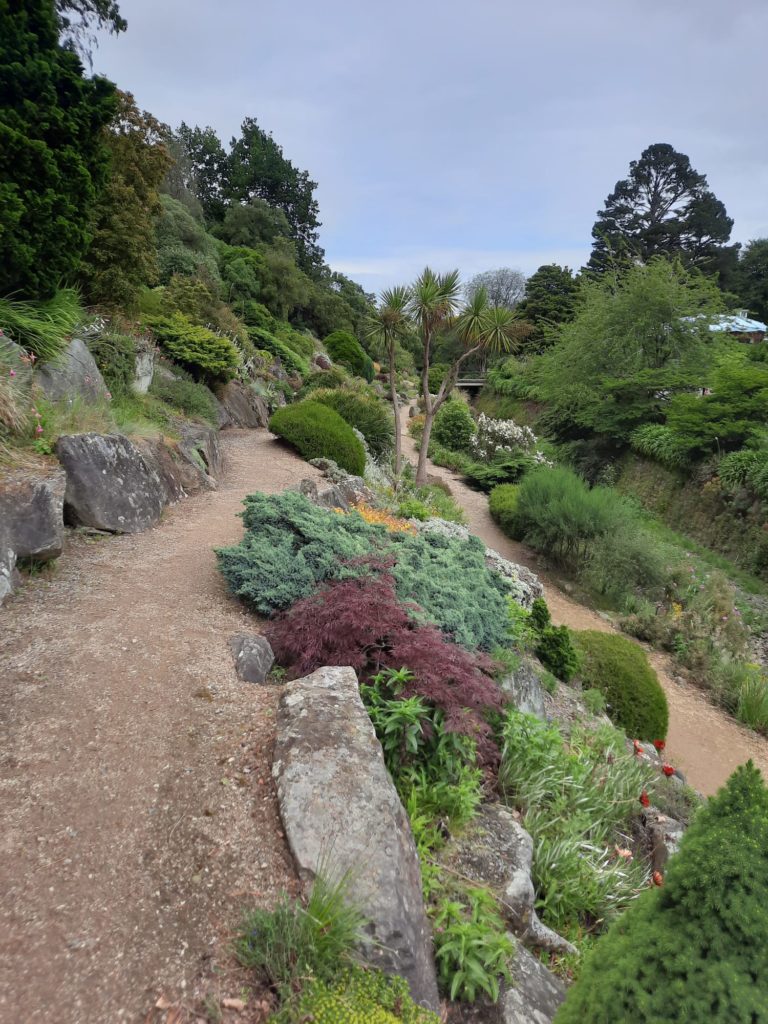
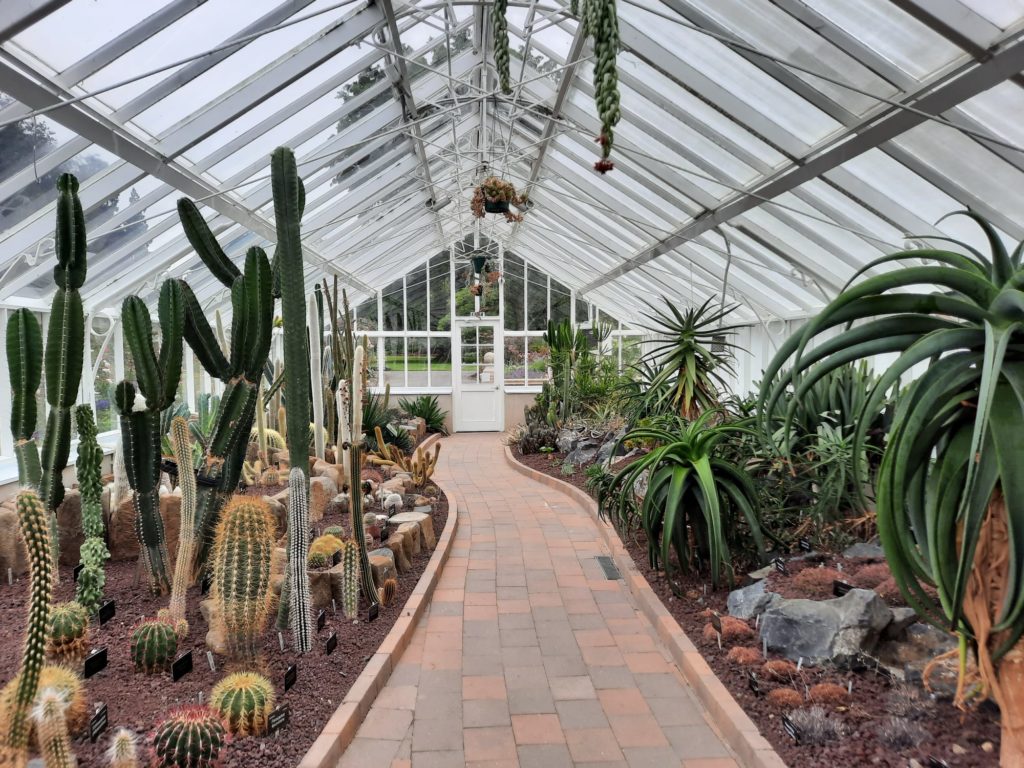

Dunedin Botanic Garden
Having grown up in Dunedin but lived away from it for a substantial time now, what struck me most about the Botanic Garden on my recent visit was how remarkable it is to have such a resource free and open to the public. That list of other gardens I mentioned at the outset of this post? You have to pay to enter almost all of them. Yet New Zealand’s oldest botanic garden, complete with formal plantings, wooded areas and even an aviary, is free and open to all. It’s really a remarkable public asset.
The Dunedin Botanic Garden was founded in 1863. While it moved location once in the early days due to flooding, it has always been at the northern end of the city, on the Water of Leith. The Garden was extensively expanded in the early 20th Century, but its Victorian and Edwardian origins are still evident today. Clues like a bandstand and winter garden tell us that this was a place for pleasant, wholesome leisure activities. Features like formal gardens and a rose garden, geographical plantings (sections of plants from different parts of the world) and a notable rhododendron dell tell us more about this early version of Dunedin society. The audience for the garden was relatively wealthy and educated, interested in the outside world, and took a relatively scientific approach to plants and gardening.
We can also see how attitudes have changed since these beginnings. In recent decades there has been more focus on native plants, including cultivating rare varieties. Active walking trails have multiplied, including one which explores the city’s ancient volcanic origins. And geographic focuses are now an opportunity to forge links, for example a Japanese garden in honour of Dunedin’s sister city of Otaru.
For any visitors to Dunedin, the Dunedin Botanic Garden is a pleasant place to take a stroll. Set aside at least 30 minutes, and more if you want to head up top to the aviary to see native and other bird species. Find out more here.

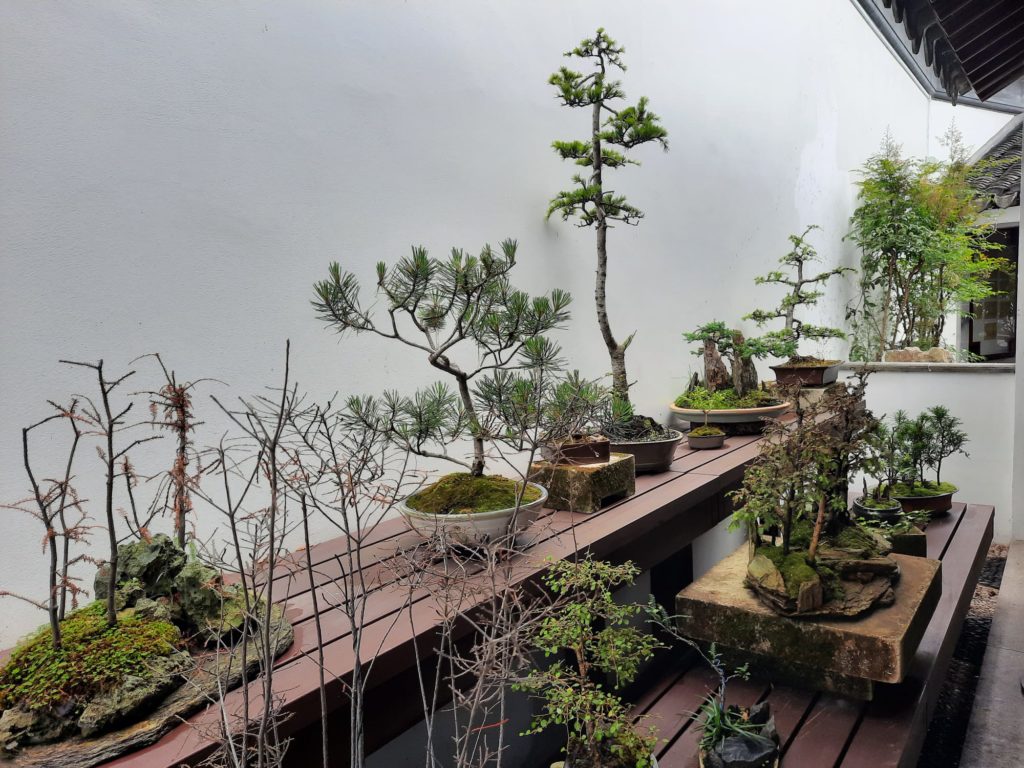

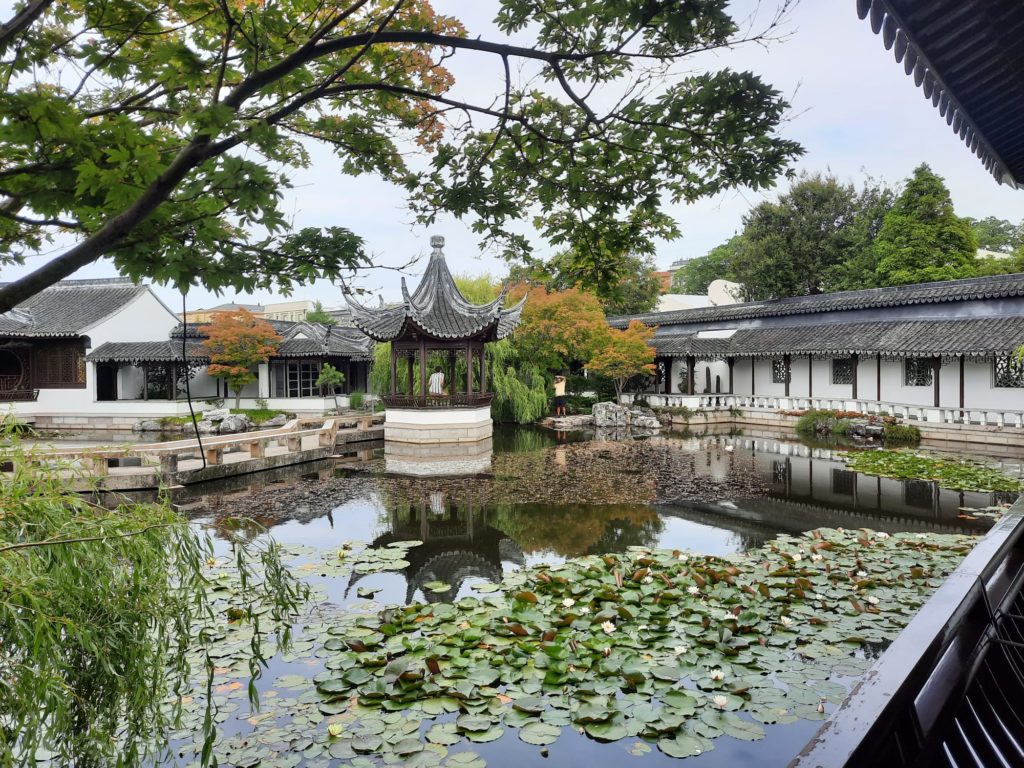
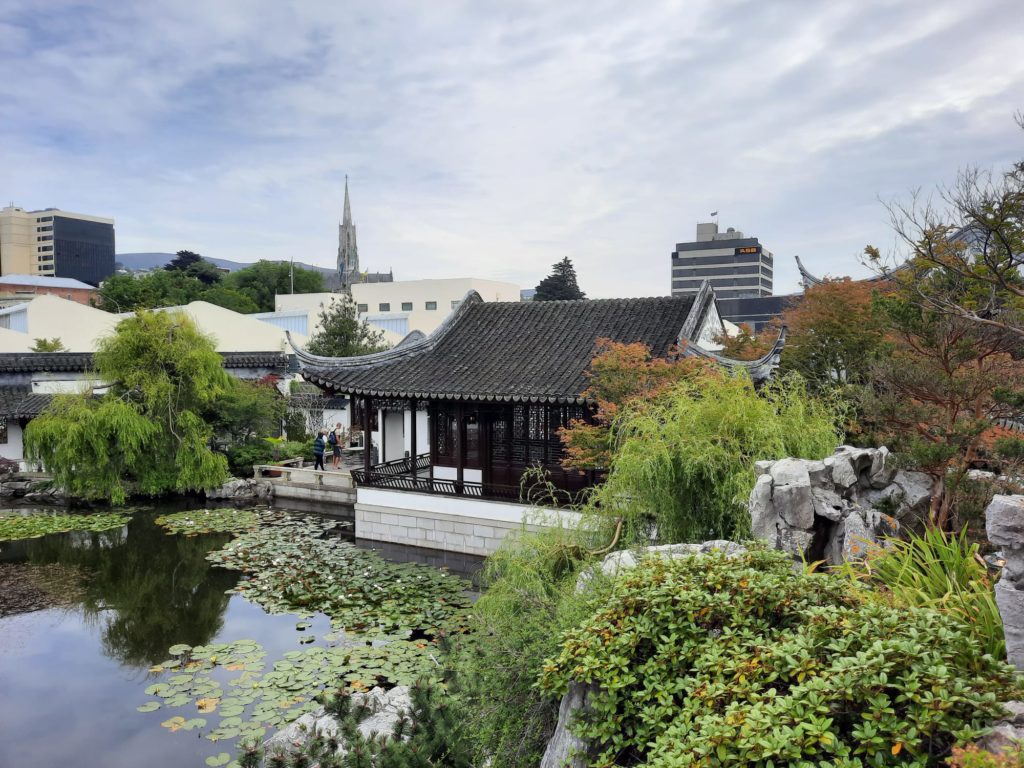

Lan Yuan Dunedin Chinese Garden
Both Lan Yuan Dunedin Chinese Garden and Orokonui Ecosanctuary are relatively recent compared to Dunedin Botanic Garden. Lan Yuan Dunedin Chinese Garden opened in 2008, and is very unusual indeed. Celebrating the contribution of Chinese people to the history and culture of Dunedin, the garden is also a byproduct of Dunedin’s relationship with its Chinese sister city, Shanghai. It is one of only a handful of formal Chinese gardens outside China, the first in New Zealand, and indeed in the Southern Hemisphere.
The idea of a Chinese garden was first mooted during preparations for 150th anniversary celebrations in Dunedin. Since almost the earliest days in Dunedin’s history, Chinese people have contributed to the city’s economy, history and culture. The origins of this relationship lie in the gold rush which began in the 1860s. Chinese workers were encouraged to come and work on the goldfields which lay beyond Dunedin and made the city rich. Initially the Chinese workers were offered equitable pay and conditions, but in practice they often lived separately to their White counterparts, and were increasingly targeted by racist policies such as a punitive poll tax and ban on the immigration of Chinese women and families.
Despite these conditions a Chinese presence in Dunedin has been constant and influential. Lan Yuan tells the story of this history in panels around the garden walls. It is a peaceful spot, ideal for the contemplation of this complex and ongoing history of migration, prejudice, coexistence, and contribution. The garden itself was designed and built in China, disassembled and reinstalled on site by an expert Chinese team. Only the water, plants, fish and soil come from New Zealand. There is a tea room, pavillion with games, and an interesting reading room. The formality of the garden brings to mind Chinese landscape paintings, and it is almost jarring to look out from higher vantage points and see the Antipodean city beyond.
Lan Yuan Dunedin Chinese Garden is the most original of the gardens mentioned today. It is close to Toitῡ Otago Settlers Museum and the two can easily be combined into one outing. Find out more here.
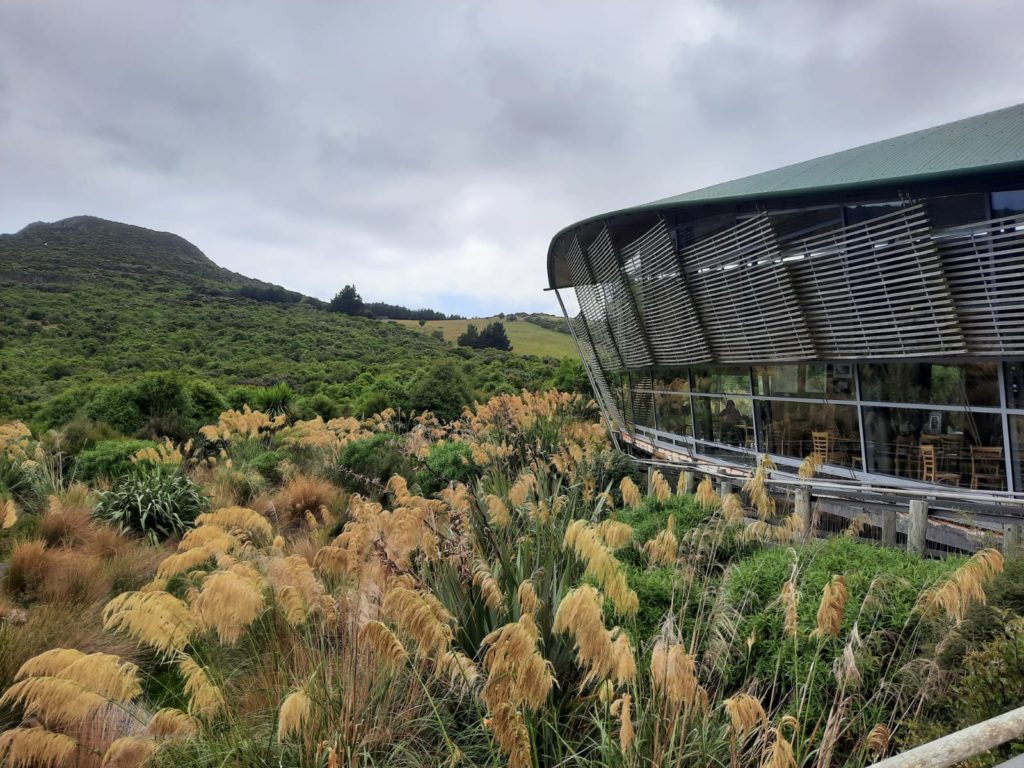
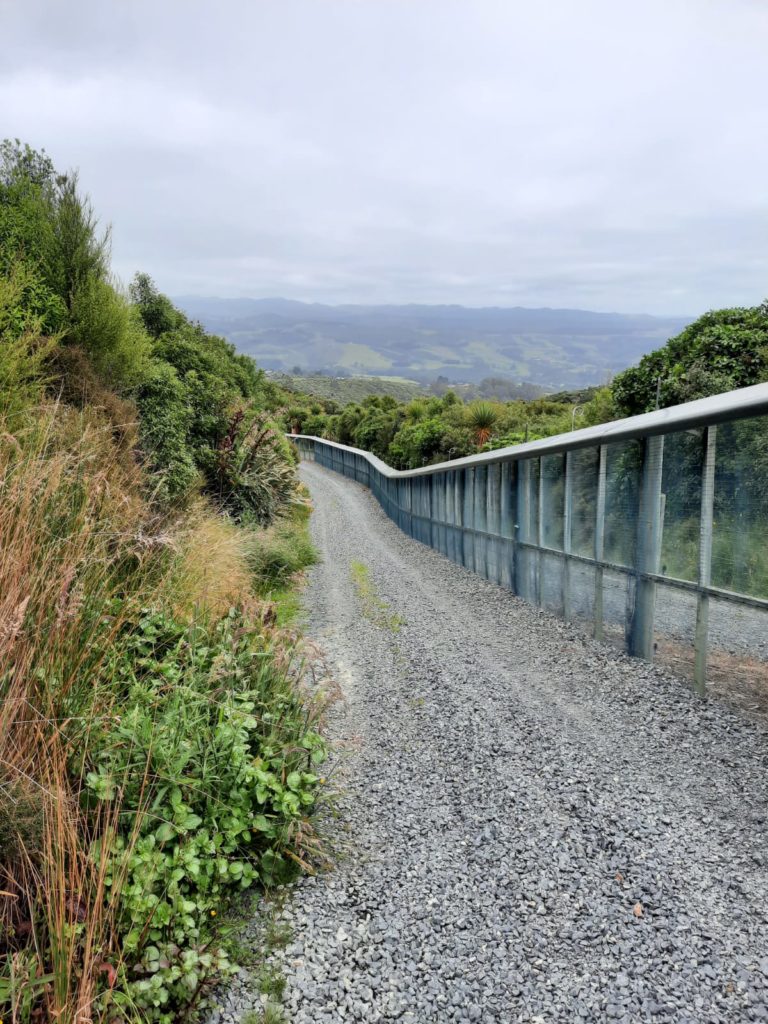



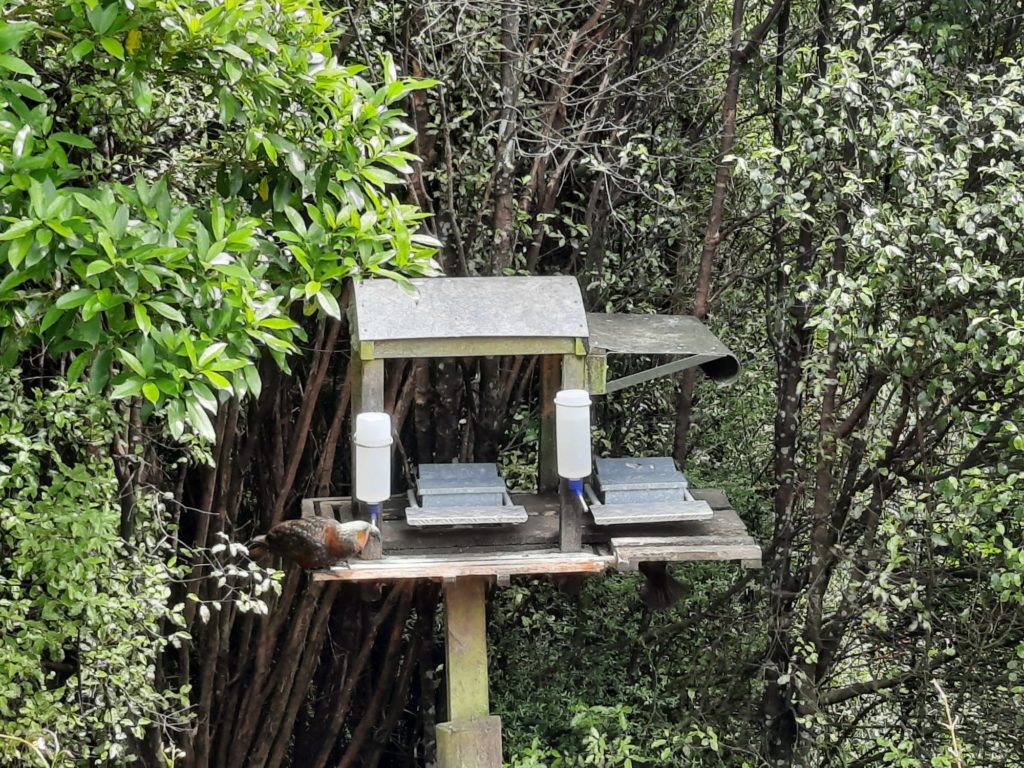
Orokonui Ecosanctuary
And finally, Orokonui Ecosanctuary is the newest garden to feature in today’s post. It is a 307 hectare biodiversity sanctuary slightly out of Dunedin between Port Chalmers and Blueskin Bay. The work of the Otago Natural History Trust, the idea for such a sanctuary has been a long time coming. First mooted in the 1980s, it opened in its current visitor-friendly form in 2009. The site is former farmland, long abandoned and slowly returning to native forest (known locally as “bush”).
As an ecosanctuary, Orokonui is obviously less about being a garden, and more about the native species that dwell within. In my mind, however, Orokonui is something of an evolution of the garden concept and tells us something about how Dunedin has changed since its first botanic garden in 1863. Rather than being about clearing and taming land to grow ordered, chosen plants, Orokonui is about restoring something that that process of clearing and working the land took away. It firmly places native and endemic species front and centre. And rather than being for visitors’ pleasure, you get the sense visiting Orokonui that while you are welcomed in, this space is for the inhabitants rather than the daytrippers. To me it speaks to a more mature and confident society with different goals and priorities to its Victorian antecedents.
To reach Orokonui, you will need a car or to join an organised tour. Once there there is a modern visitor centre with a good cafe, leading into the ecosanctuary itself. There are various trails to walk, as well as feeders and other points to spot birds and wildlife. The resurgent native bush is impressive, as are the occasional views over the surrounding landscapes. Find out more here.

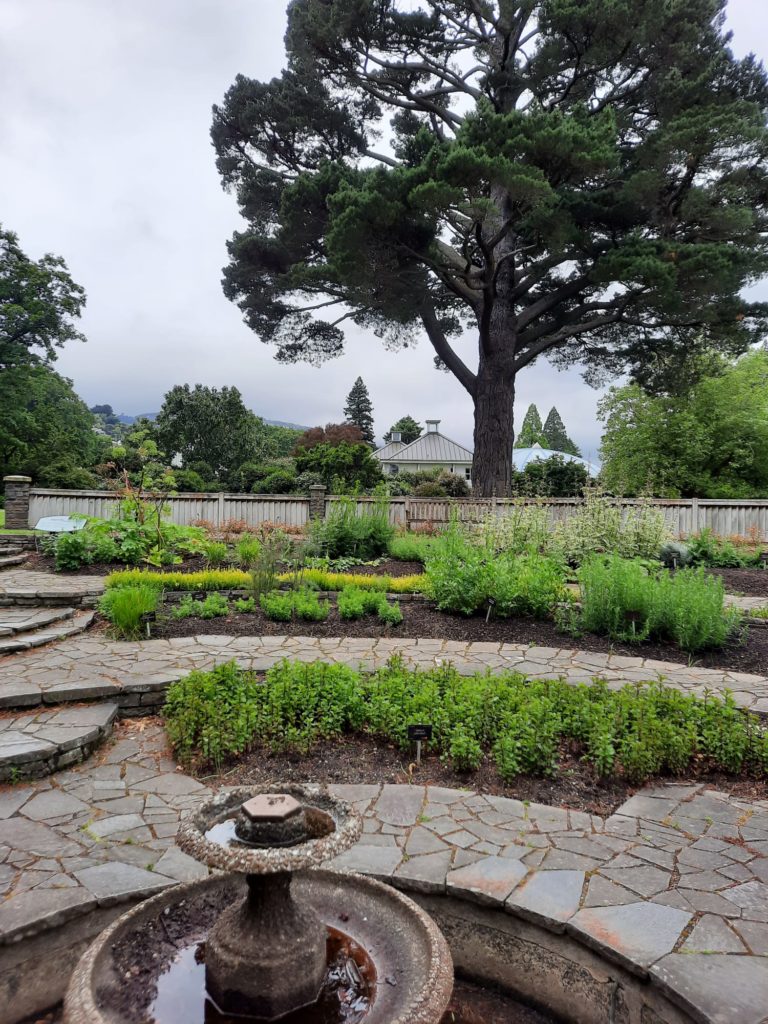

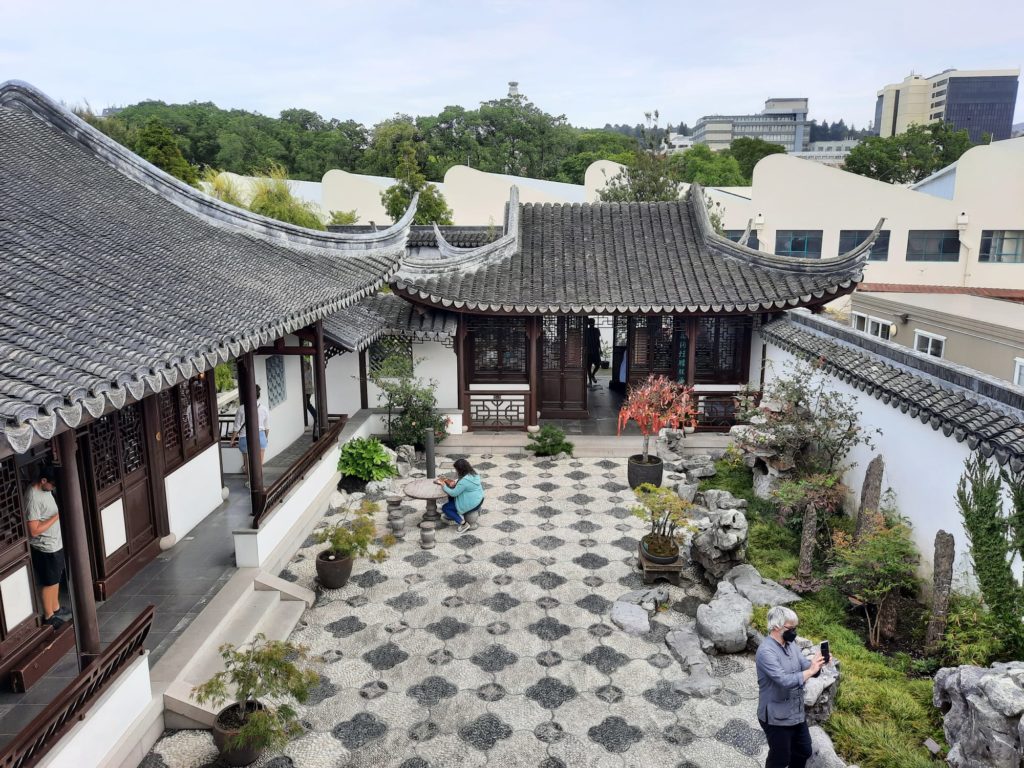


Final Thoughts On Dunedin’s Gardens
What have we learned, then, about Dunedin and its gardens? Despite this unscientific survey, quite a lot I think! From a new settlement eager to prove it had all the hallmarks and pleasures of the Victorian era, to a mature city able to incorporate multiple viewpoints and confident in prioritising what makes this place special. Dunedin’s gardens allow us to chart changing attitudes to history, leisure, and more. Plus to gardens and gardening, of course!
Today’s post has been a sort of historiographical exercise in charting changing attitudes. It doesn’t have to be gardens at the heart of this, you could pick anything. For me, it was a pleasant way to enjoy the summer weather while reassessing a place I know well. Seeing my hometown through fresh eyes. Thinking about what has changed since I lived here, and what’s constant.
If you are visiting Dunedin and are wondering whether to visit any of the places above, please allow me a few final recommendations. Orokonui Ecosanctuary is probably my top pick for a uniquely New Zealand experience. It’s also the trickiest to get to. For those without a car you can recreate a sort of ‘Orokonui-lite’ at the Botanic Garden. Just plot a course that includes the aviary and some of the native planting areas. Not quite as immersive, but you will get the idea. Lan Yuan Dunedin Chinese Garden I would recommend for those spending longer in the city. Unless you have a particular penchant for Chinese gardens, it’s best enjoyed once you understand the historic and social context. None are bad choices, however, so follow your instincts and enjoy.
I hope today’s post provides some inspiration. Either to visit these gardens or something closer to home. Or perhaps to think critically about spaces and places that are second nature to you. We often don’t notice the slow march of history as it applies to our own environment. Some time away helps with a fresh perspective, but just stopping and looking again will also do the trick.
Trending
If you see this after your page is loaded completely, leafletJS files are missing.


One thought on “Gardens of Dunedin: Botanic Garden, Lan Yuan Dunedin Chinese Garden & Orokonui Ecosanctuary”